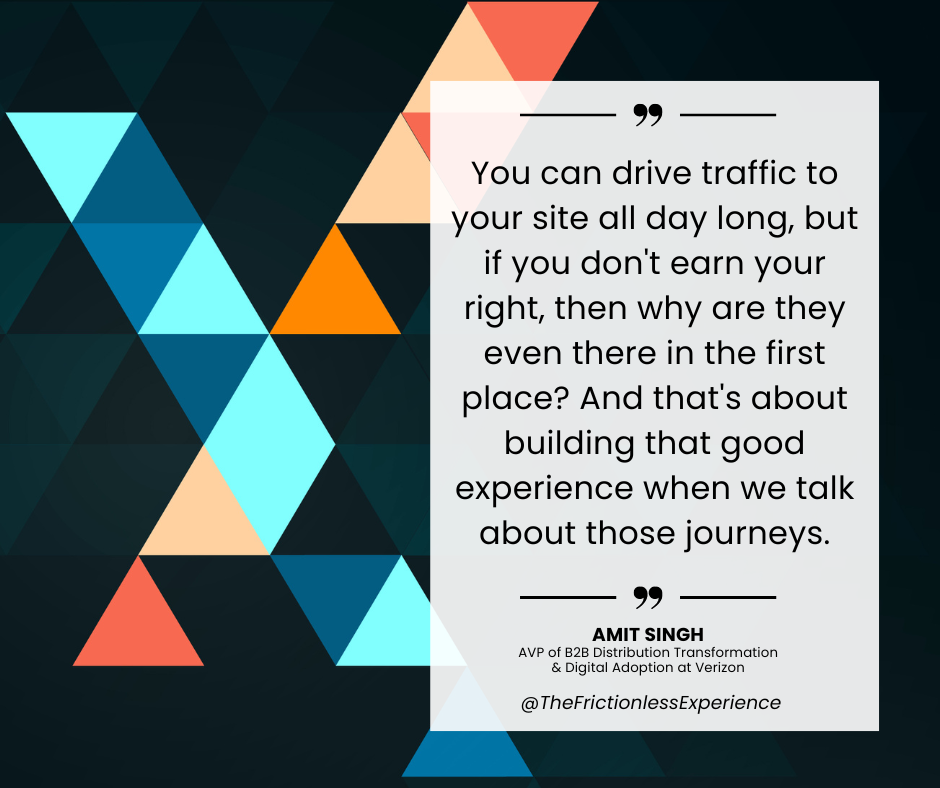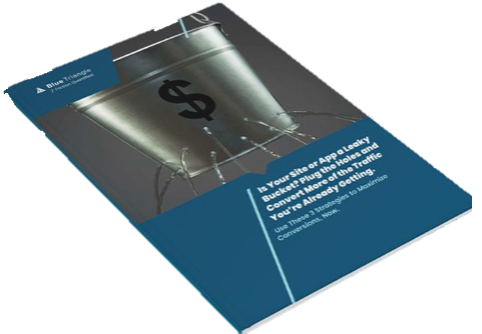Paul noted it was successful because it was a rare instance where leadership got out of the way and allowed them to move quickly because the hastily assembled crisis team had to devise a solution in days, not months or years.
Paul explains:
"So we started small with five stores, then we went to 10 stores, then we went to a hundred stores, and then we scaled to all stores. And it was a huge success! We also ate our own dog food, going out and doing the drive-through ourselves to see how good the experience was. Then we'd bring that information back to iterate, test, get better at what we're doing, how can we refine while marketing caught up?"
How Retailers Adapted When Stores Reopened
Once stores were allowed to open, it wasn't back to business as usual. Government restrictions on occupancy and social distancing guidelines meant retailers would have to rethink their retail floorplans and how foot traffic entered, traversed, and exited stores.
In a recent interview on The Frictionless Experience podcast, Jean-Louis He, from L'Oréal, where he is the Director of Digital and eCommerce at Yves Saint Laurent Beauty (YSL), talked about how he borrowed a page from the movie "The Founder" to adapt the retail store footprint for a better shopping experience for connected workshops.
In the famous movie scene, the McDonald brothers explained to Ray Kroc how they forever changed the restaurant world by reducing the time it took a customer to order and get their food from 30 minutes to 30 seconds.
They laid out the restaurant's kitchen floorplan on a tennis court and had the employees pretend to take orders and cook food. They kept redesigning the process until they found a friction-free approach that made delivering on the 30-second promise easy.
Jean-Louis explained it reminded him of working in his parents' restaurant in Paris when he was growing up and how small the restaurant was, so operating efficiently was critical.
How Retailers Have Adapted How They Compete
Sure, retailers had to adapt to new ways to purchase and efficient store layouts, but another often-overlooked impact is how it changed the way they compete. Before the pandemic, retailers typically competed on low prices and convenience, where convenience translated to having the most retail locations.
With most consumers now embracing transacting digitally—62% of U.S. adults completed their first online transaction during the pandemic, according to Forrester Research—retailers have been forced to adapt how they compete. Their digital properties are now their front door.
Retailers build trust and loyalty with customers today by delivering a frictionless website and mobile app experience. But their corporate cultures aren't always built for achieving Continuous Experience Optimization.
As Amir Rozenberg, former senior director of product management at Capital One, says on a recent episode of The Frictionless Experience:
"I think that frictionless experiences are something that everybody believes is owned by everybody, and it's actually not owned by anyone. Nobody actually owns (delivering a frictionless digital experience). Nobody has the tooling to make it an agenda item."
Adapting to the New Era of Omnichannel Retail
So, how can retailers continue to earn trust and loyalty through frictionless digital experiences when they may not have the ideal environment and tools? Consider these five tips from our panel of experts and their interviews on The Frictionless Experience:
1. Blend the In-Store Experience with the Digital Experience.
The worlds don't have to remain separate. They can be blended by allowing customers to start their journey online and end in the store or vice versa. Paul Stonick recommends keeping the experience simple to gain adoption. "I'm a big fan blending the digital and physical into a 'phygital' experience."
2. Replicate Unique Physical Brand Experiences Online.
Jean-Louis He noted that in the case of YSL, which sells fragrances in-store, it's challenging to bring that experience to digital. "We wanted to make sure that when someone was experiencing something in the retail store, they could have the same experience online," he explains. "A brand like YSL has a strong heritage and story to tell about its value and how you translate some of our key products. So, there are things that you can tell through us crafting a story and a narrative that brings the experience to life."
3. Get Senior-Level Support by Linking Friction to Business Outcomes.
The easiest way to get senior-level focus on delivering frictionless experiences is to quantify its impact on business outcomes. Identifying the value of each user and the key metrics each department uses to measure success will help attribute a financial metric to friction.
"What is the impact on the business metrics that we're trying to achieve?" Amir Rozenberg explained. "We have a way to tie technological concepts such as page performance or view performance or errors or an otherwise bad experience on the page, on the mobile web into business metrics. And this really ties the experience and the teams together."
4. Use Data from Customer Journeys to Improve Digital Experiences.
Leverage multiple analytics and business intelligence tools that track every interaction and step in the customer journey to improve customer journeys.
Amit Singh of Verizon noted on an episode of The Frictionless Experience that he spends 10% of his weekly time reviewing the data and insights the company collects. "We use a lot of data to measure whether page load, digital reliability, shipping and delivery, end-to-end order time, etc, to make sure that we can meet the customer needs and expectations," he noted.

Analyzing journeys from cohorts of different types of users—returning vs. first-time visitors, customers vs. prospects, traffic via paid media vs. organic traffic, customers with multiple vs. single items in their baskets—yield insights that can help you optimize digital journeys that both improve conversion rates and also increases average order values (AOV).
5. Prioritize Removing Friction Because It Hurts Your Most Valuable Customers the Most.
The customers who feel the pain most when they experience friction are often your most loyal customers. Mike Shady, formerly of Lowe's, likens it to climbing up a ladder of satisfaction as you build loyalty, transaction after transaction. The higher a customer climbs up this proverbial ladder, the harder they fall when they encounter friction in their experience.
"Remember the last time you fell off a ladder? Do you ever fall one rung down? No," Mike explained in an episode of the podcast. "I think it's a very similar experience when a customer gets let down. Because you're either a hero or a zero. How do we protect that experience and make sure they're getting what they need every time?"
Winning the Customer Trust and Loyalty Wars
Most people and businesses consider the pandemic far in their rear-view mirror. And while it's true that life has returned to normal, everyone agrees it's a "new normal," and customer expectations have forever changed. Retailers who now prioritize frictionless digital experiences win in the customer trust and loyalty wars.
.jpg)






